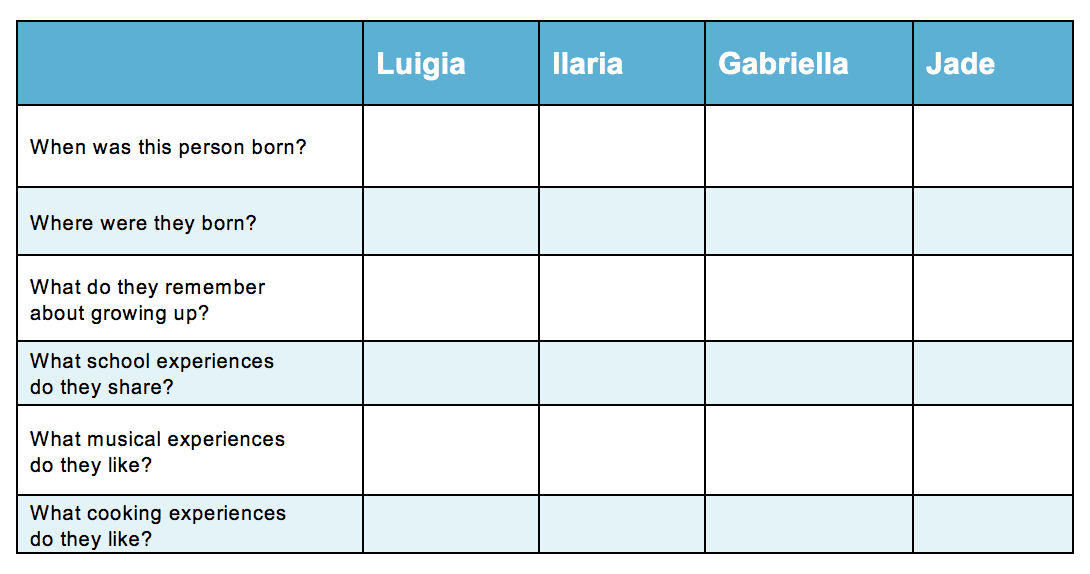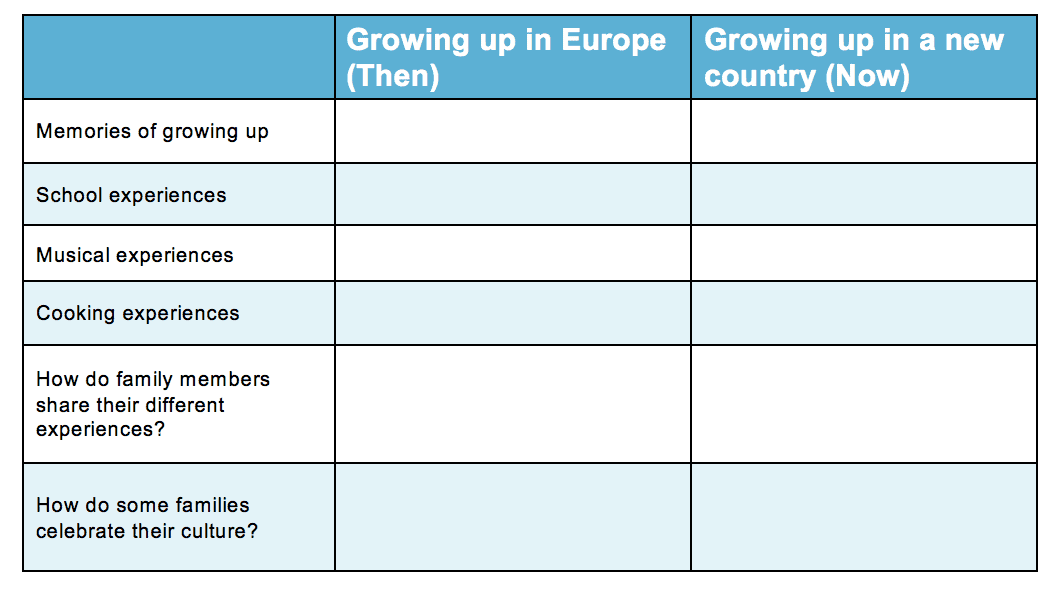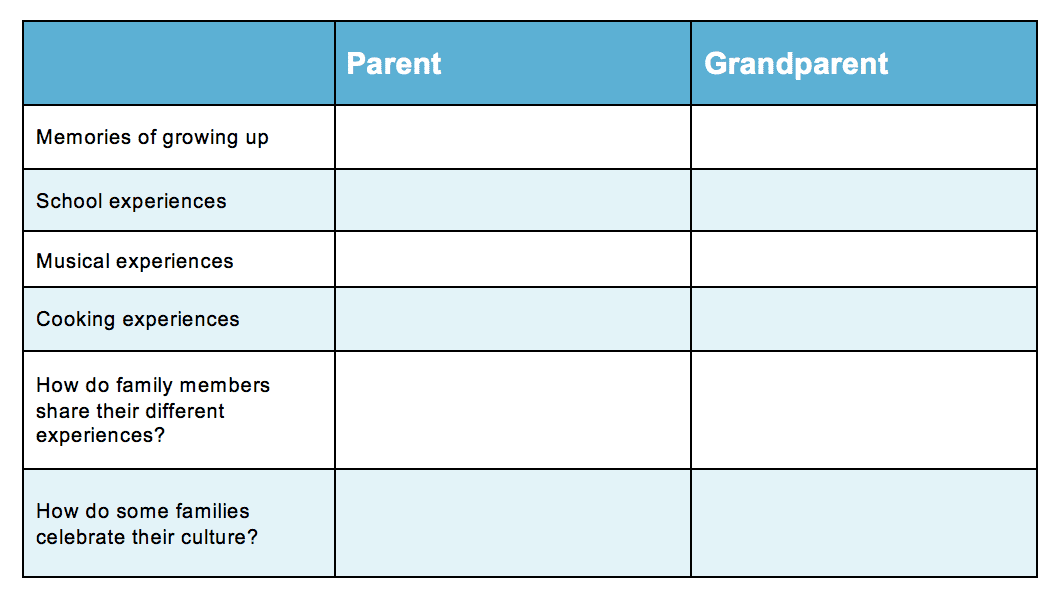Information for Teachers
Curriculum links
This investigation is linked to the following C3 Social Studies Standards for Grades 3–5.
D2. His. 2.3-5. Compare life in specific historical time periods to life today
D2.Geo.6.3-5. Describe how environmental and cultural characteristics influence population distribution in specific places or regions
D2.Geo.4.3-5. Explain how culture influences the way people modify and adapt to their environments
D2.Geo.9.3-5. Analyze the effects of catastrophic environmental and technological events on human settlements and migration
D2.His.9.3-5. Summarize how different kinds of historical sources are used to explain events in the past
How to search the internet
1 Keep your request short
Fewer words will give a more accurate search.
2 Choose exactly what you want
For example: Arctic Circle Climate
3 Use quotes
Double quotes around a set of words tell the search engine to consider those exact words in that exact order without any change. For example: “Arctic Circle Climate”
4 Use the plus sign (+)
If you add a plus sign (+) between words, the internet will search for all the words. For example: migrate+birds+whales+mammal
5 Use the minus sign (–) to say what you don’t want
Use a minus sign (–) to show words you do not want to appear in your results. For example: if you search for burrowing animals and do not want mammals in your search, –mammals will exclude mammals. Note that you need to put a space before the minus sign for the word to be excluded.
6 Be very clear about what you don’t want
Part 1
Ask questions and define problems
After reading Then And Now, you may have many questions about the experiences of four generations of a family.
List your questions.
- Compare your list with questions that others have.
- Choose a question you would like to investigate.
- You can work alone, with a partner, or in a small group.
You may want to choose one or more of these questions to investigate
Q1. Why do people migrate to a new country?
Q2. What experiences did this family have in their new country?
Q3. Did all members share similar feelings about their new country?
Q4. What historical sources and evidence does this family have of their experiences across four generations?
Go to Part 2 Investigate →Part 2
Investigate
Helpful websites
You may want to use websites to help with their investigations.
When making searches on the internet, you should use the words:
Trieste+1920+images
Trieste+1945+images
Trieste+1955+images
Go to Part 3 Record data →Part 3
Record data
Find a way of recording your information that will allow you to see any patterns in the data.
Data Chart for Then And Now
(Download and change to suit your information)
 Download Chart
Download Chart
Go to Part 4 Organize, analyze, and interpret data →
Part 4
Organize, analyze, and interpret data
1. Look over the information you have gathered and the patterns you have found.
Why did some people from Europe migrate to a new country?
What experiences did this family have in their new country?
Do all members share similar feelings about their new country?
2. Search for other patterns.
What is similar about their lives? What is different about their lives?
What historical sources and evidence does this family have of their experiences across four generations?
3. Makes notes about what you find.
Go to Part 5 Present and share →Part 5
Present and share
Look over all of the information that you have gathered in your investigation.
What are the most important ideas in Then and Now: Four Generations of My Family? Make a chart showing the most important ideas.
Researching your family
Ask one of your parents or grandparents some of the questions you have explored in this book. Then record some of the things they told you.
Share your findings with another person/ a small group/ the class.
 Download Chart
Download Chart
 Download Chart
Download Chart
← Return to menu